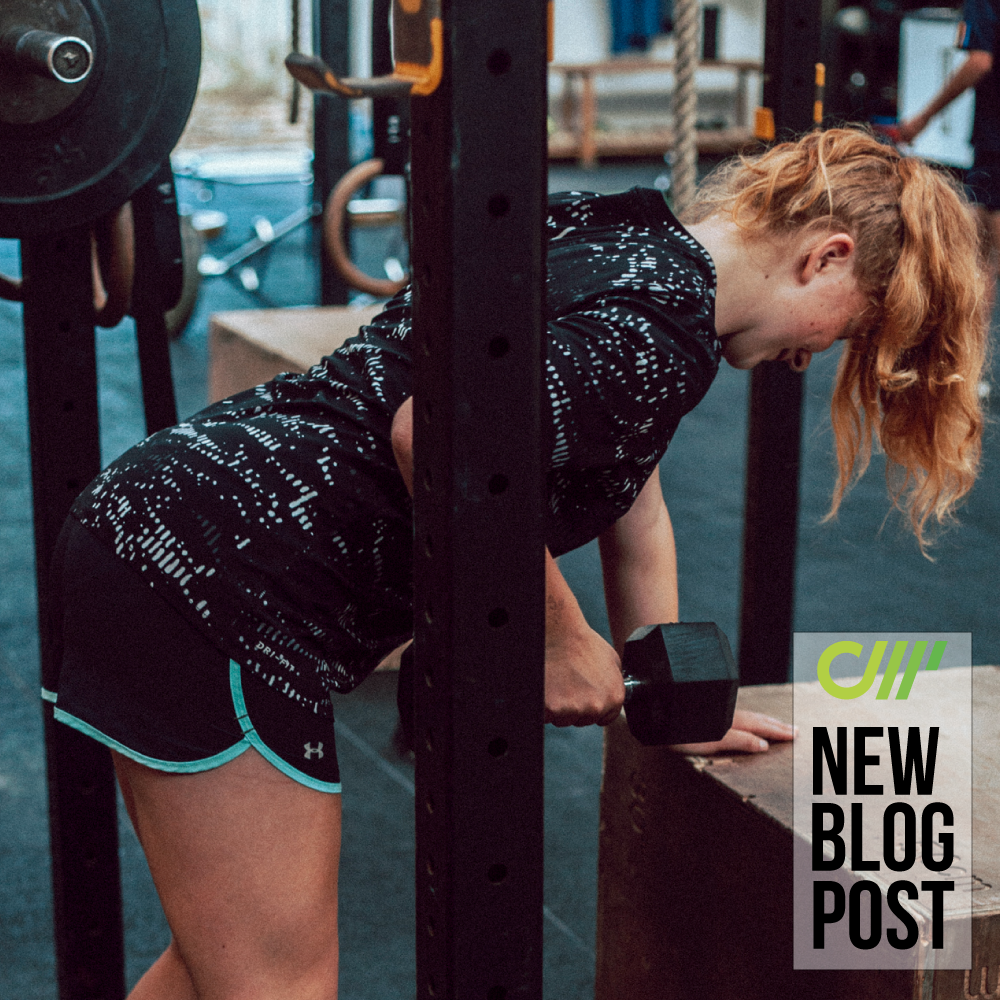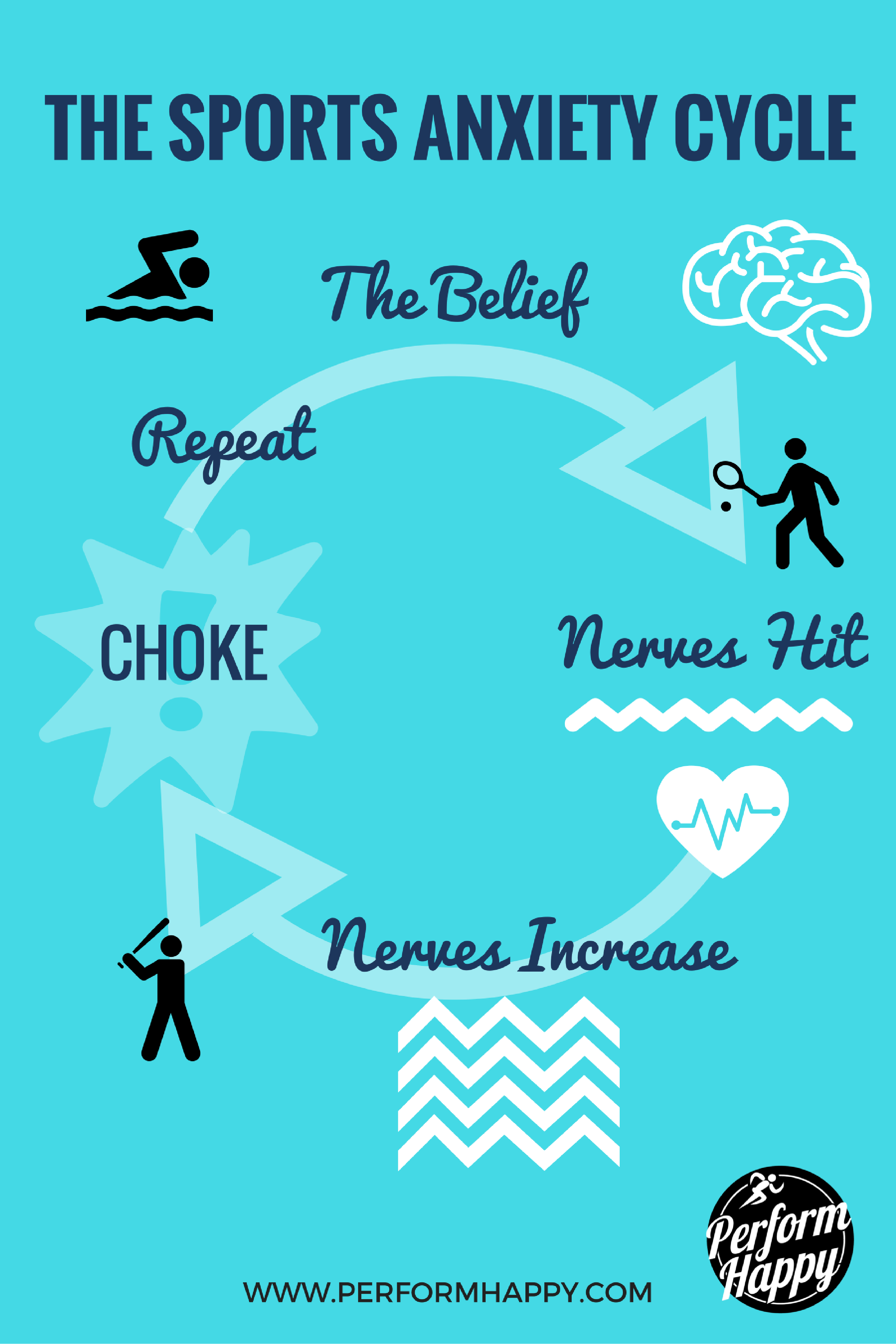Sports anxiety is something every child experiences at some point. When the pressure increases, kids get nervous.
Think about this!
You are playing for your school football team and you have an important competition coming up, and the school emphasises the need to have fun yet still expect success. Some athletes switch into “go” mode and get excited to go out there and do their best. Other athletes get worried and tense up.
No matter how many private lessons or pep talks you give your child, you never know if your child will end up in tears or glowing with success. There’s nothing worse than a drive home in silent disappointment. You are not sure what to do or where to start? Well, let’s begin by understanding what this psychological concept ‘sports anxiety’ actually means. Sports anxiety is one of the key predictors of the longevity of participation and enjoyment in sport (Gould et al 2002). In order for your child to have a long and enjoyable sports career, it’s critical that they learn to cope with the pressure of competition. I’ll let you in on what the sport psychology research says about anxiety.
What is sports anxiety?
Sports anxiety occurs when individuals view competitive situations as threatening and respond to these situations with apprehension and tension (Martens et al 1990). Pressure causes our motor skills that are usually automatic to become impaired due to the additional tension. Baumeister (1984) states that athletes “choke” while attempting well-learned tasks. Even elite athletes make “stupid mistakes” on skills they have been practising for years. The obsession with the fear it will happen regularly sends them into a downward spiral making them more apprehensive and likely to make more mistakes.
#block-04235b5ca63e4316dcaa {
}
Dimensions of anxiety
There are 2 key behavioural components to sports anxiety.
Physical Component (Somatic Anxiety)
• Increased heart rate
• Tension
• Sweating
• Trembling
Mental Component (Cognitive Anxiety)
• Worry
• Negativity
• Self-doubt
Personality factors can also influence how prone an athlete is to competition anxiety, such as a predisposition towards high anxiety in other situations. Athletes who experience cognitive anxiety which is commonplace in females, and older athletes, can lead to concentration disruption (Grossbard et al 2009). These athletes are more likely to perform poorly under pressure (Hardy 1996; Wang et al 2004). The good news is that we offer highly effective coping skills that anyone can learn. Although anxiety is a reality for some kids more than others, most can learn to thrive in competitive situations.
Is anxiety helpful or harmful?
If children perceive a situation to be negative then anxiety can be harmful (Neil et al 2011). This can result in further negative thoughts and physical anxiety (Lazarus 1998). These emotions are detrimental to upcoming performance and intensify and negatively impact on the athlete’s concentration, affecting their ability to execute tasks (Neil et al 2011). If a child has had the experience of “choking,” then they will be familiar with the emotions in the Sports Anxiety Cycle:
Coping Strategies
Personal coping strategies can determine the way an athlete responds to competition stress (Smith et al 1990). An athlete that experiences lots of pressure and lacks coping strategies is more likely to lose control of the situation. Kids need to learn a new reaction to competition in order to break the cycle of sport anxiety. I teach athletes simple cognitive strategies that dissolve the pressure of “big” competitions through the use of relaxation videos. Successful athletes have developed a mentality that allows them to put their best foot forward in competition.
Resources and References
‘He who says he can and he who says he can’t are usually right’ – Confucius
Key Reads
Neil, R., Hanton, S., Mellalieu, S.D. and Fletcher, D. (2011) ‘Competition stress and emotions in sport performers: The role of further appraisals’, Psychology of Sport and Exercise, 12(4), pp.460-470.
Grossbard, J., Smith, R., Smoll, F. and Cumming, S., 2009. Competitive anxiety in young athletes: Differentiating somatic anxiety, worry, and concentration disruption. Anxiety, Stress & Coping, 22 (2), 153-166.
Wang, J., Marchant, D., Morris, T. and Gibbs, P., 2004. Self-consciousness and trait anxiety as predictors of choking in sport. Journal of Science and Medicine in Sport, 7 (2), 174-185.
Baumeister, R., 1984. Choking under pressure: Self-consciousness and paradoxical effects of incentives on skillful performance. Journal of Personality and Social Psychology, 46 (3), 610-620.
Hardy, L., 1996. A test of catastrophe models of anxiety and sports performance against multidimensional anxiety theory models using the method of dynamic differences. Anxiety, Stress & Coping, 9 (1), 69-86.
Concepcion, R., 2004. Foundations of Sport and Exercise Psychology, 3rd Edition. Medicine & Science in Sports & Exercise, 1449.
About the author
George Green
PGCE Teacher, UEFA B Coach
Website: www.georgegreengrass.wordpress.com
Twitter: @WorldOfSPCS
#block-yui_3_17_2_1_1583735591206_6084 {
}


